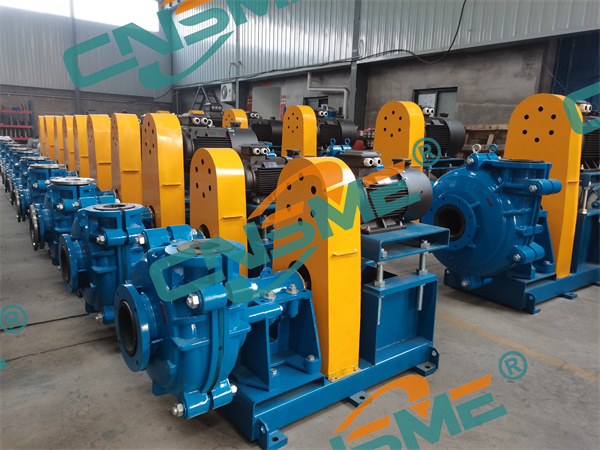
Slurry pumps typically handle slurries in plant applications ranging from processing to wastewater treatment. Handling this solid-liquid mixture is challenging. The key factor in slurry pumping is the size and nature of the solids in the liquid, as well as the type of wear and corrosiveness that these solids introduce.
Centrifugal pumps are often used in factories for mud pumping services. These pumps require special requirements such as: characteristics of solids and slurries, degree of protection against wear and corrosion, and other adverse factors (solids settling). This needs to take into account the stability of pump operation, service life, flexibility of use, and energy consumption.
Slurry pump suppliers from China will introduce you to the use of centrifugal slurry pumps, operating characteristics, material selection, etc.
The primary requirement of the slurry pump is to have a sufficient service life. Corrosivity of slurries is indeed challenging. In many applications, some of the solid particles in the solid-liquid mixture are relatively large, so the slurry pump must pass it without any damage.
Slurry pumps focus on the size and concentration of solids to be pumped. Due to these requirements, slurry pumps are usually larger than clean water pumps. In addition, the corrosion resistance of the slurry pump is also one of the important factors in material selection.
The performance curves of centrifugal slurry pumps are based on the liquid being pumped. To determine the performance of the required pump, it is important to confirm the presence of solids in the slurry to be transported, as well as the particle size, distribution, specific gravity, concentration and other factors of these solids.

